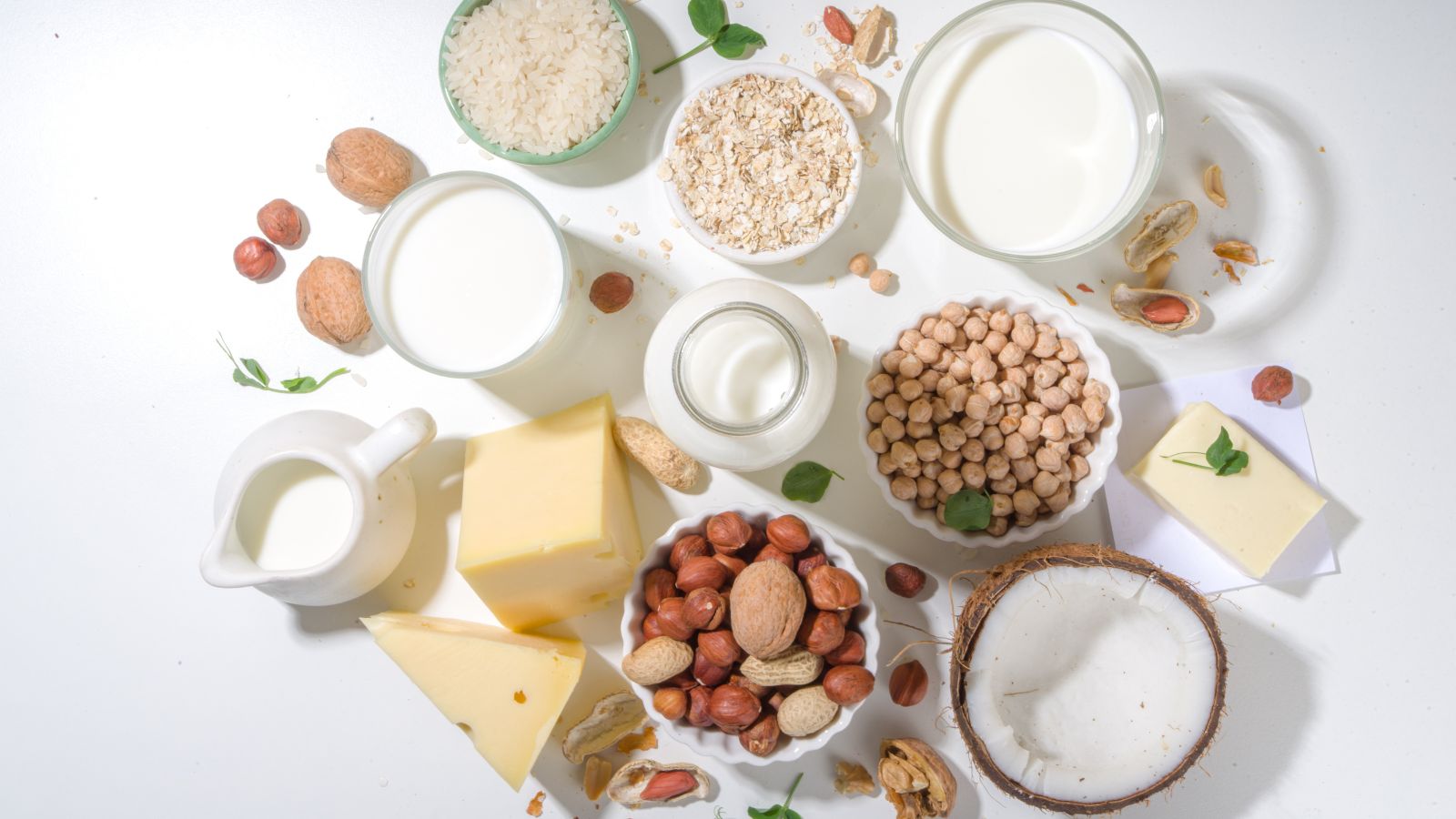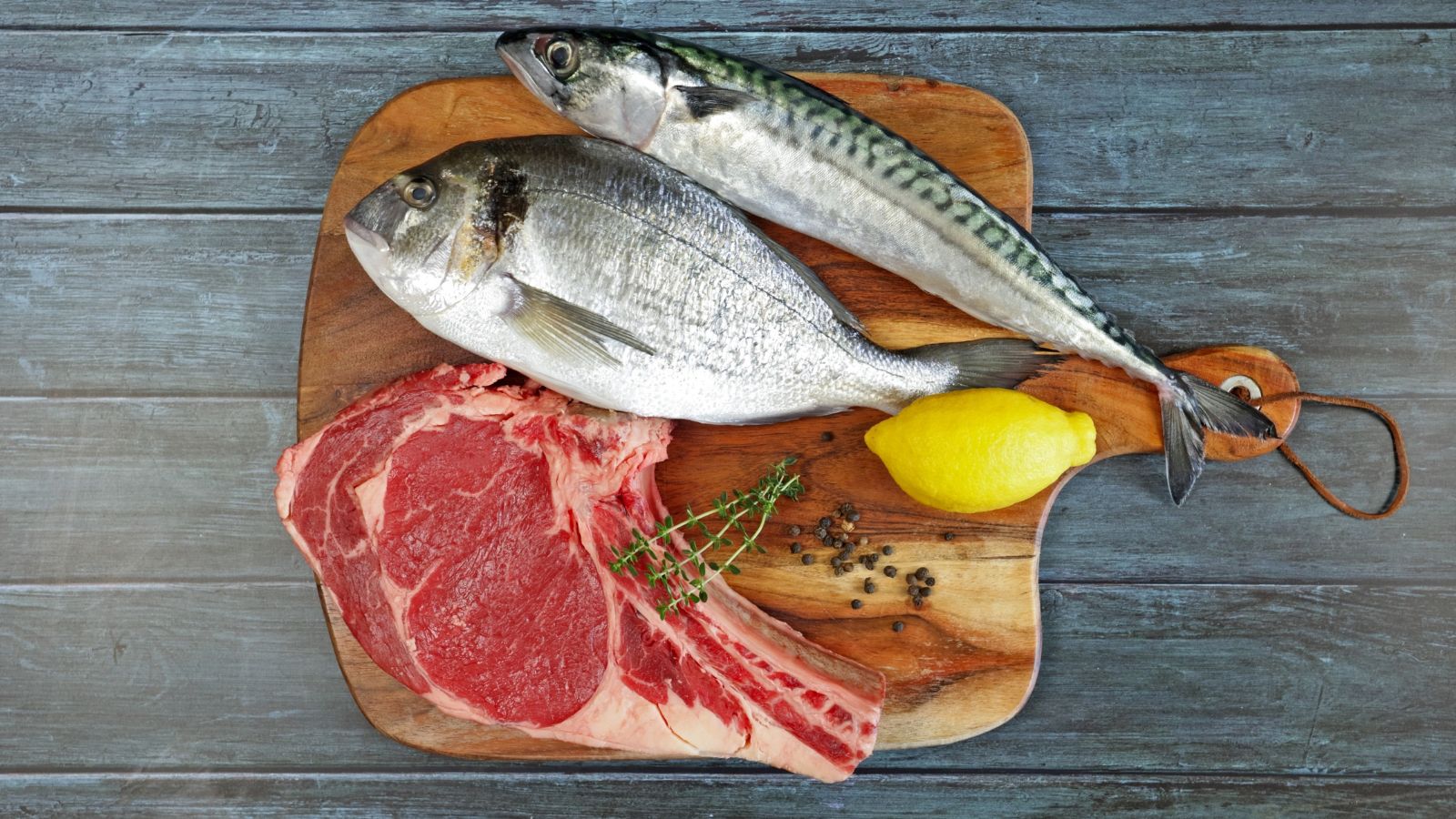With each new diet trend, people are promised rapid weight loss, improved health and enhanced energy. But, the reality is that strong results take time, dedication and often a lot of money. We take a look at 20 hidden financial, physical and emotional expenses that often accompany today’s diet trend:
Specialized Ingredients and Foods

Many diets require ingredients that aren’t part of a typical grocery list, like grass-fed meats, collagen powders, or specialty flours, leading to higher food costs. Certain niche diets may also require purchasing organic produce exclusively, driving up weekly spending.
Subscription-Based Meal Plans and Services

To stick with the diet, some people turn to meal kit services that offer diet-specific options, such as keto or paleo plans. While convenient, these subscriptions come with a significant monthly cost, often much higher than preparing similar meals at home.
Expensive Supplements and Additives

Popular diets like keto or veganism sometimes require supplements for balanced nutrition, such as omega-3, B12, or magnesium. These specialized supplements can add up quickly, leading to higher monthly health expenses.
High Cost of “Superfoods”

Diet trends frequently promote superfoods, like goji berries, chia seeds and spirulina, as essential to achieving maximum health benefits. But, these foods are often priced at a premium, adding a surprising expense to grocery costs.
Health Club Memberships and Specialty Classes

To complement diet efforts, many people join gyms or specialty classes like Pilates or spinning to reach fitness goals faster. While fitness is beneficial, maintaining a high-priced gym membership or weekly class fees quickly adds up, adding financial strain.
Time Investment and Meal Prep Supplies

Following a diet often means more time spent cooking or prepping meals from scratch, which can lead to the need for new kitchen tools like food scales, storage containers, or high-powered blenders. The initial setup costs may be unexpected, along with the ongoing time investment.
Increased Social Costs

Eating out with friends becomes challenging when on a strict diet. People often end up paying more for specific dietary options at restaurants or feel pressured to buy alternative meals while others indulge, increasing the cost of social outings.
Potential for Health-Related Issues

Some restrictive diets may cause nutrient deficiencies or imbalances, leading to unexpected health problems and medical costs. For example, extremely low-carb diets can lead to fatigue or headaches, while highly restrictive vegan diets can sometimes cause deficiencies that require medical intervention.
Costs of Detox and Cleansing Products

Trendy diets often promote detoxes or cleanses to “kick-start” results and these are frequently packaged as pricey supplements, juices, or cleansing kits. Many have questionable benefits, but their price tags can be substantial.
Increased Food Waste

Highly specific diets can sometimes lead to unused food that doesn’t fit within the guidelines or that spoils before it can be used. Throwing away food, especially more expensive ingredients, adds up over time and is a hidden financial drain.
Financial Pressure from Yo-Yo Dieting

Switching between diets in pursuit of results often means buying new books, new meal plans and new ingredients each time. Yo-yo dieting, unfortunately, becomes a costly cycle as people jump from one trend to another.
Potential for Mental Health Strain

Restrictive diets can sometimes lead to obsessive or disordered eating patterns, resulting in stress, anxiety, or feelings of failure. When left unaddressed, mental health challenges can incur costs for counseling or therapy.
Hidden Costs of Convenience Foods

Busy dieters often rely on ready-made diet-friendly snacks or bars marketed as keto, vegan, or paleo. These convenience items are often expensive, costing significantly more than preparing similar foods at home.
Increased Reliance on Outdated or Misleading Science

Some diets are based on pseudoscience or outdated theories, which may not deliver promised benefits. The cost of investing in these ineffective methods, especially if they lead to medical issues or needlessly expensive foods, can be a hidden financial and physical burden.
High-Quality Meat and Fish

Protein-heavy diets, like paleo or keto, encourage higher consumption of quality meats and fish, which can get expensive. Wild-caught fish, grass-fed beef and free-range poultry all cost more than regular sources, increasing food expenses significantly.
Hidden Calories and Additives in Specialty Products

Certain diet-friendly products may contain hidden calories or additives. For instance, gluten-free or low-carb products can be loaded with sugar or fat to improve taste. This can lead to unexpected weight gain or health issues, incurring further costs for supplements, weight loss programs, or new diets.
Limited or Ineffective Insurance Coverage for Diet-Related Treatments

Diet-related health issues, like deficiencies or digestive problems, are not always fully covered by insurance. People who develop such issues from extreme diets may find themselves paying out-of-pocket for consultations, treatments and tests to regain balance.
Social Isolation and Reduced Life Satisfaction

Some diets are so restrictive that they hinder social connections, as people can’t join friends and family at regular meals or gatherings. The social costs of a diet that isolates can impact emotional well-being, leading to indirect costs if social activities must be restructured to fit dietary needs.
Psychological Costs of “Failure”

For people who don’t achieve expected results, there can be a sense of failure, which may impact self-esteem and mental health. This emotional cost, although not immediately visible, can be profound, leading to further diet spending or additional coping mechanisms.
Future Costs of Reversing Dietary Health Effects

Some trendy diets can negatively impact long-term health if they’re nutritionally unbalanced. Eventually, these effects could result in health issues that require extensive treatment, adding to medical expenses in the future.
18 Reasons Why People Are Leaving Florida in Masses

Exploring factors that impact the desirability of living in Florida, this list delves into various challenges shaping residents’ experiences. From environmental concerns like rising sea levels to economic factors such as fluctuating job markets, these issues collectively contribute to a nuanced understanding of the state’s appeal.
18 Reasons Why People Are Leaving Florida in Masses
